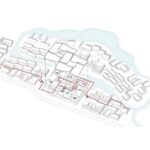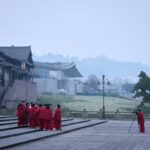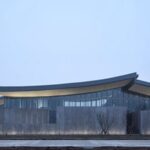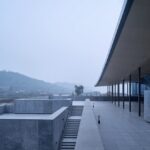The Lizhuang Museum of Cultural Preservation, situated in Yibin, Sichuan Province, China, stands as a testament to the rich history and cultural heritage of the region. Designed by TJAD Original Design Studio, the museum pays homage to the town’s significant role during the Anti-Japanese War while seamlessly integrating modern architectural elements.
Context and Inspiration
Located in the Lizhuang Moonfield Area, the museum site holds historical significance as the former site of the China Academy of Construction. Surrounded by ancient Ming Dynasty buildings and cultural landmarks, the museum draws inspiration from the traditional architecture of southern Sichuan and the town’s vibrant cultural heritage.
Design Strategy
The design strategy revolves around four key aspects: internalization of the ancient town, flowing history, reconstruction of the tile courtyard, and floating cornices. By respecting the historical context and architectural traditions, the museum blends seamlessly with the surrounding ancient alleys and streets, creating a cohesive architectural landscape.

Architectural Features
To preserve the texture of the ancient town, the museum consists of only two floors, carefully integrated with the fragmented street space. The design incorporates traditional courtyard elements, such as water and bamboo courtyards, while modernizing them to provide light, ventilation, and scenic views of the Yangtze River.
Exhibition Space and Narrative
The museum’s exhibition area follows a segmented narrative style, allowing visitors to explore the patriotic stories of the region. The continuous space layout, connected by a flowing streamline, offers panoramic views of the river and surrounding landscape, enhancing the visitor experience.
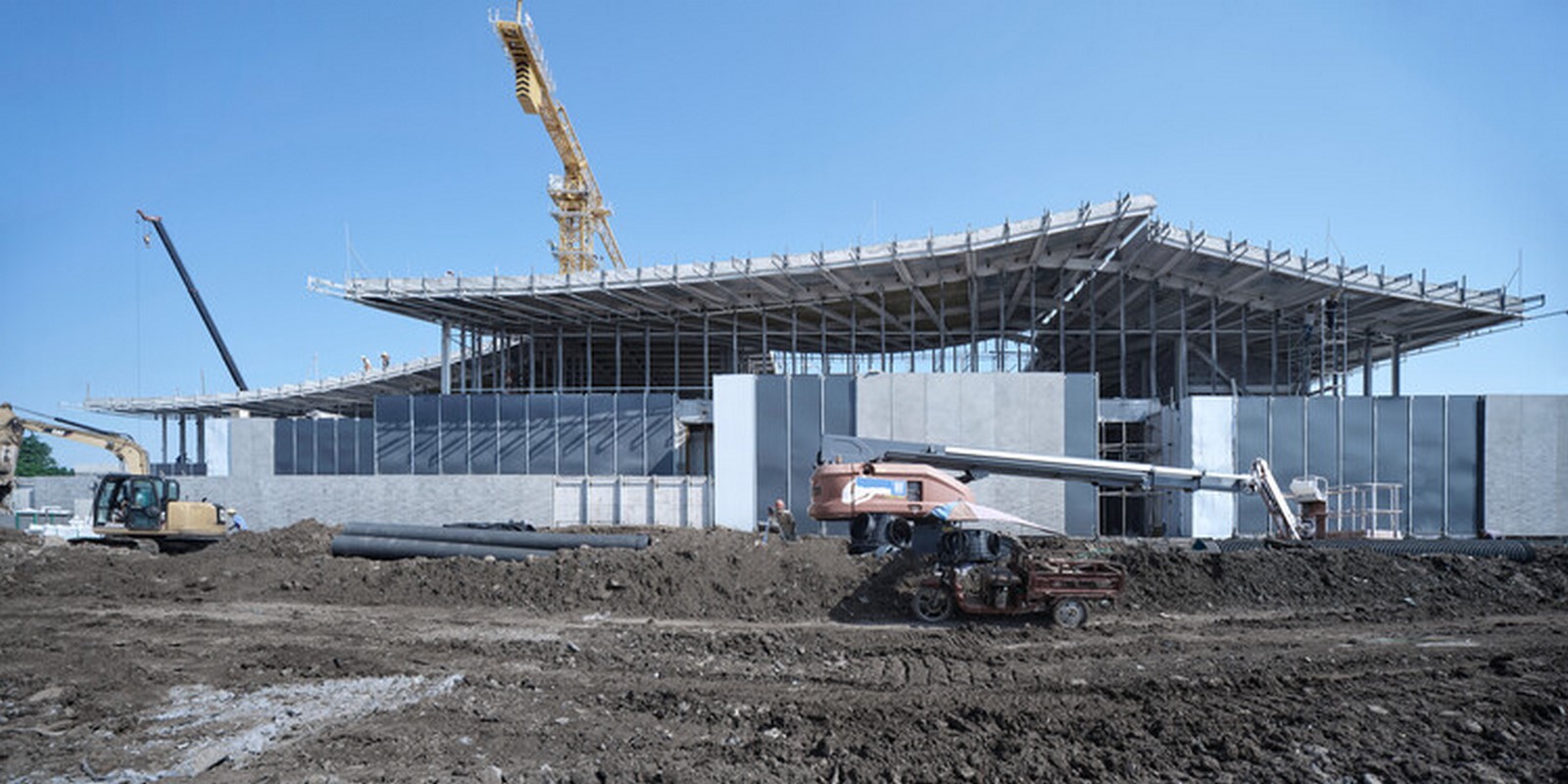
Structural Innovation and Efficiency
Innovative design techniques, including the use of prefabricated concrete panels and densely packed structural columns, ensure structural integrity while maximizing transparency and minimizing visual obstruction. The project’s adoption of Building Information Modeling (BIM) streamlines the design process, resulting in efficient collaboration and rapid construction.
Conclusion
The Lizhuang Museum of Cultural Preservation stands as a symbol of historical preservation and architectural innovation. By harmonizing traditional elements with modern design principles, the museum celebrates the region’s cultural legacy while offering visitors an immersive and enlightening experience.








